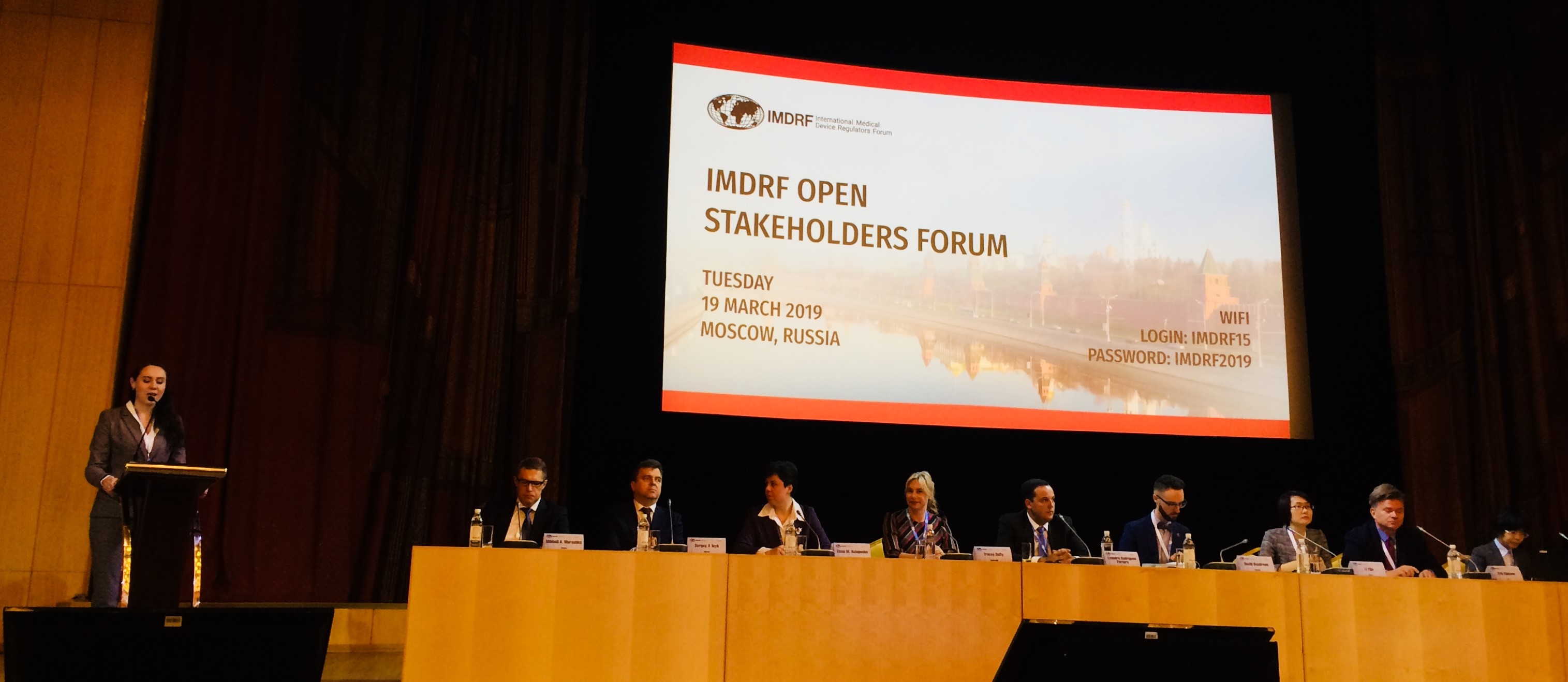Dear Colleagues,
Welcome to my monthly review of regulation changes regarding medical devices in Russia and the Eurasian region.
- Eurasian transition in less than a month
In less than a month the transition period will end and the complete switch to the Eurasian medical device regulations will come into effect. Applications for registration of medical devices under national requirements for Russia, Belarus and Kazakhstan will be closed. From 1 January 2022 all medical devices must be registered solely according to the laws of the Eurasian Economic Union (EAEU).
After the five-year transition period, very limited practical experience of working under the new requirements has been acquired:As of November 2021, the Eurasian Commission (EEC) listed seven approved medical devices on its official register, and more than 30 applications are currently under review by the Eurasian member states.
It should be recalled that Eurasian Regulation #142 (link in Russian) dated September 2019, Eurasian Regulation #20 (link in Russian) dated 21 October 2021 and Russian Regulation #2081 (link in Russian) dated July 2021 established the following requirements for this transition:
-Submissions for registration and expertise of medical devices (according to national procedure in Russia, Belarus, Kazakhstan and Kyrgyzstan) are permitted until 31 December 2021.
-Medical devices approved under local registration systems in Eurasian member states by 31 December 2021 may keep this status in the member state until the registration expires, with the possibility of amendment according to the national rules, which are valid till 31 December 2026.
If submitted before 31 December 2021, the registration dossier will be reviewed according to the local registration rules of the member state in question.
As of the end of November 2021, no other official updates on changes, extensions or exemptions to the requirements were published. However, the requirements should also be ratified by all Eurasian member states.
2. Mandatory Notification on All Imported Medical Devices in Russia
On 25 November 2021, the Russian ministry of health published a regulation # 11020 (link in Russian) and established since 1 March 2022 a mandatory requirements for notification on every unit of any medical device imported in Russia or manufactured within the country for the purpose of safety monitoring by the regulator. According to the document, information on the name of the medical device and its modification, its serial number, its manufacturing and expiration date and the number and date of registration should be submitted using the Roszdravnadzor electronic system (Russian medical device regulator) within fifteen days after importation or manufacturing release.
3. Requirements on certain in-vitro diagnostics products
On 2 November 2021, the Russian ministry of health published Order #1031N (link in Russian), which approved the procedure for the manufacture, storage and disposal of certain medical devices for in vitro diagnostics (IVD) (i.e. ‘in-house/home-brew’ IVD assays) developed and manufactured by individual laboratories.
It should be recalled that, according to the regulations accepted in July 2021, certain products may undergo an accelerated approval process to receive a special five-year permit for clinical/diagnostic use, in particular laboratories without registration of a product.


 Another
Another  Armenia
Armenia